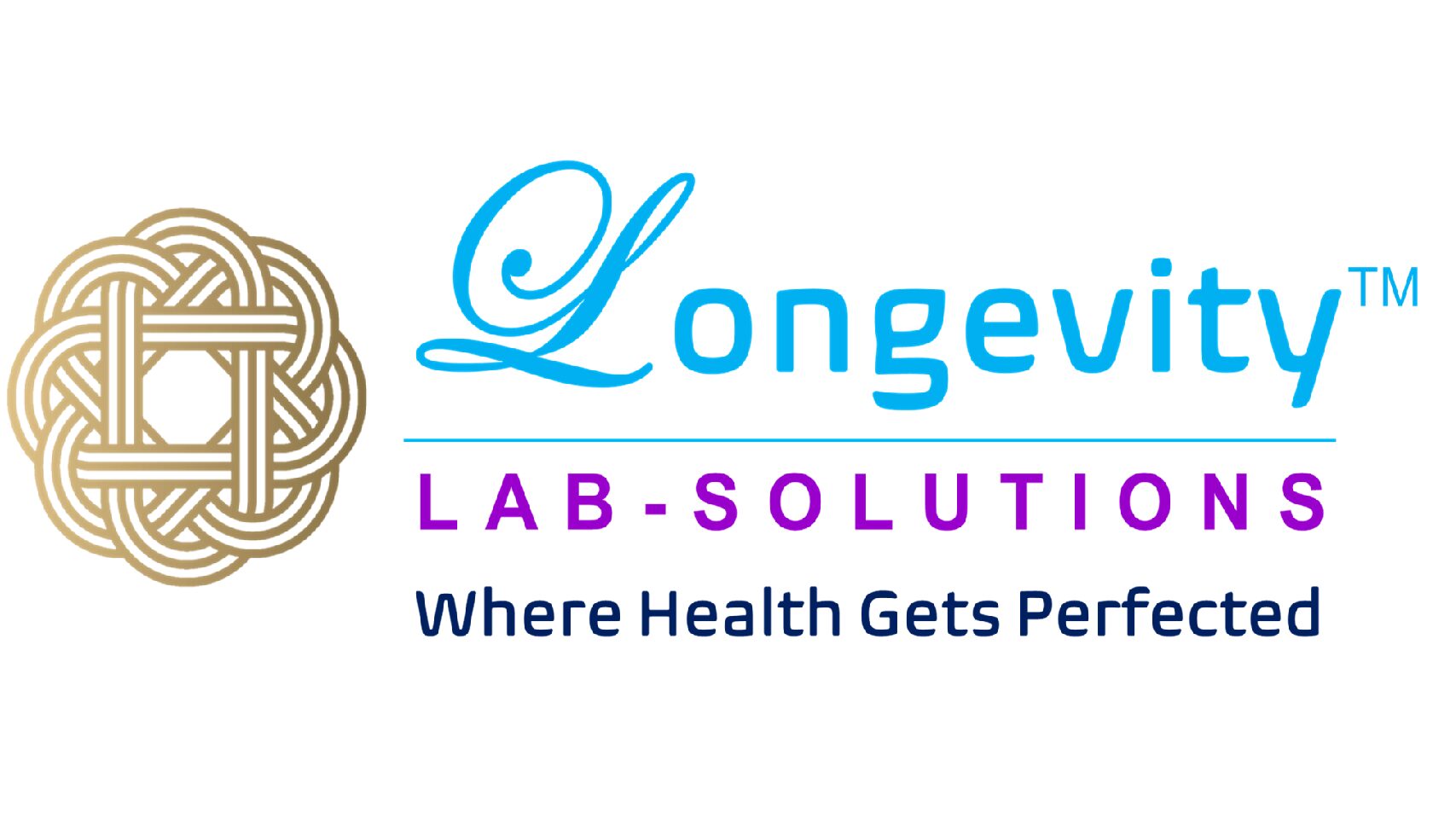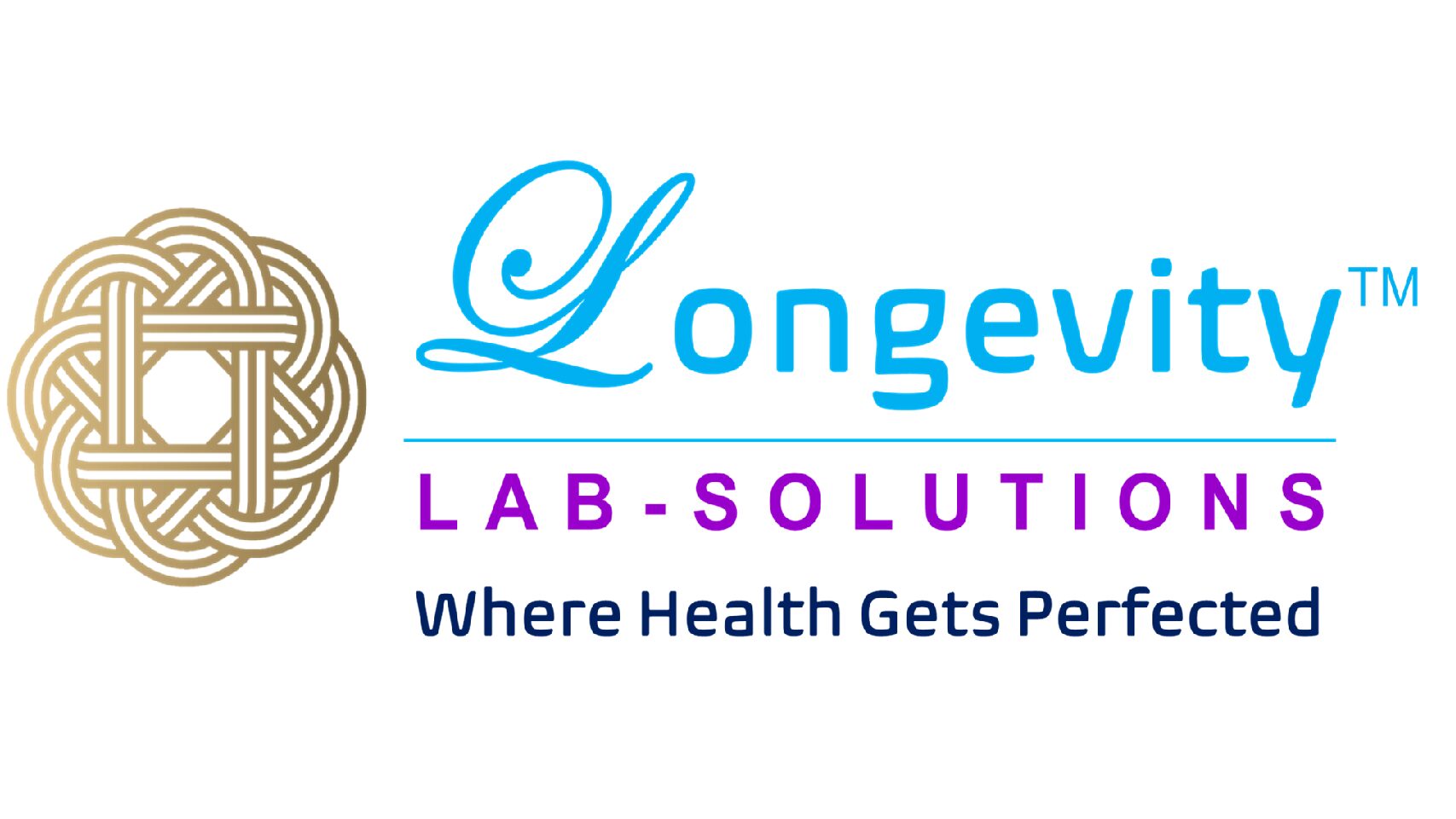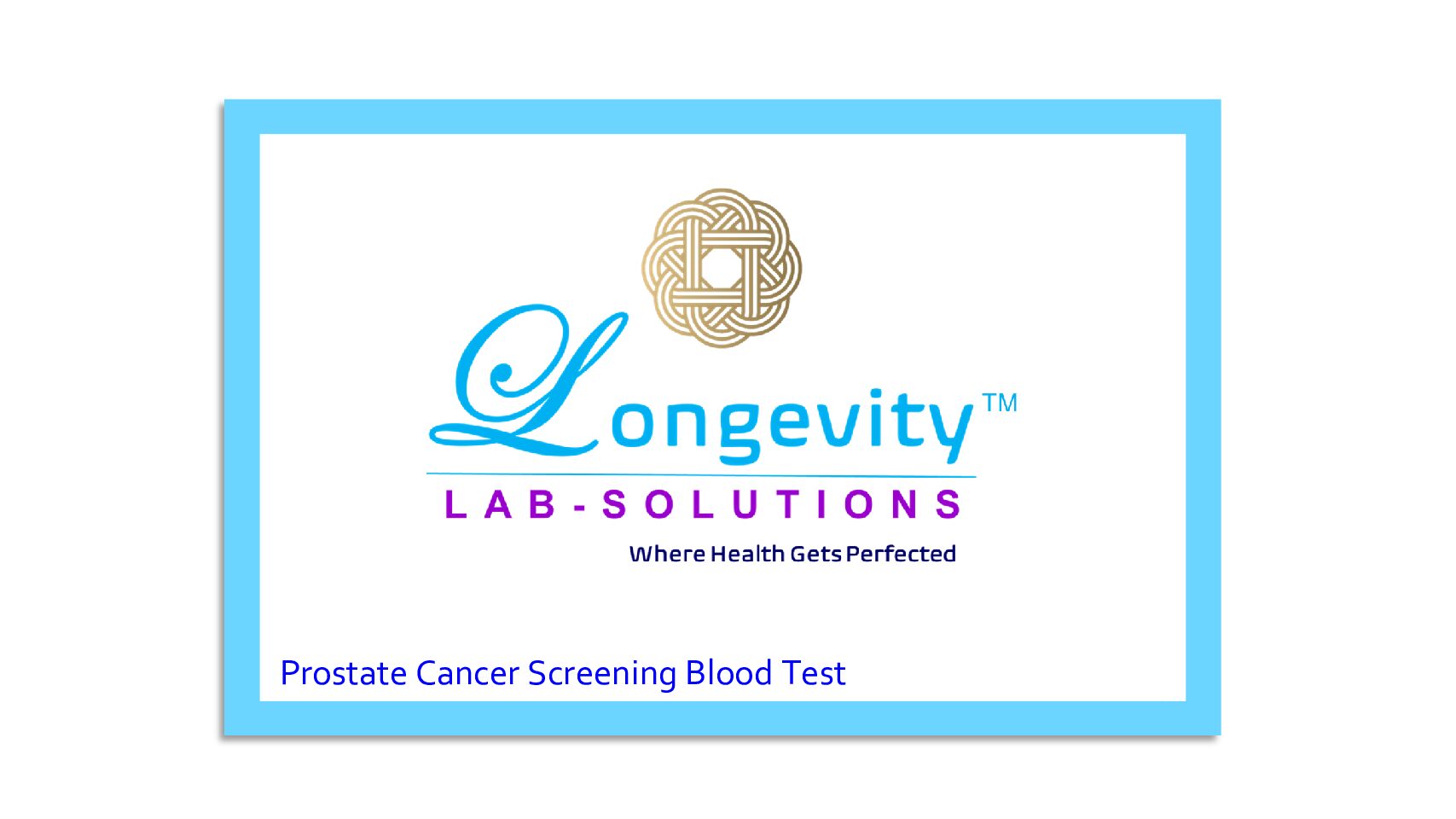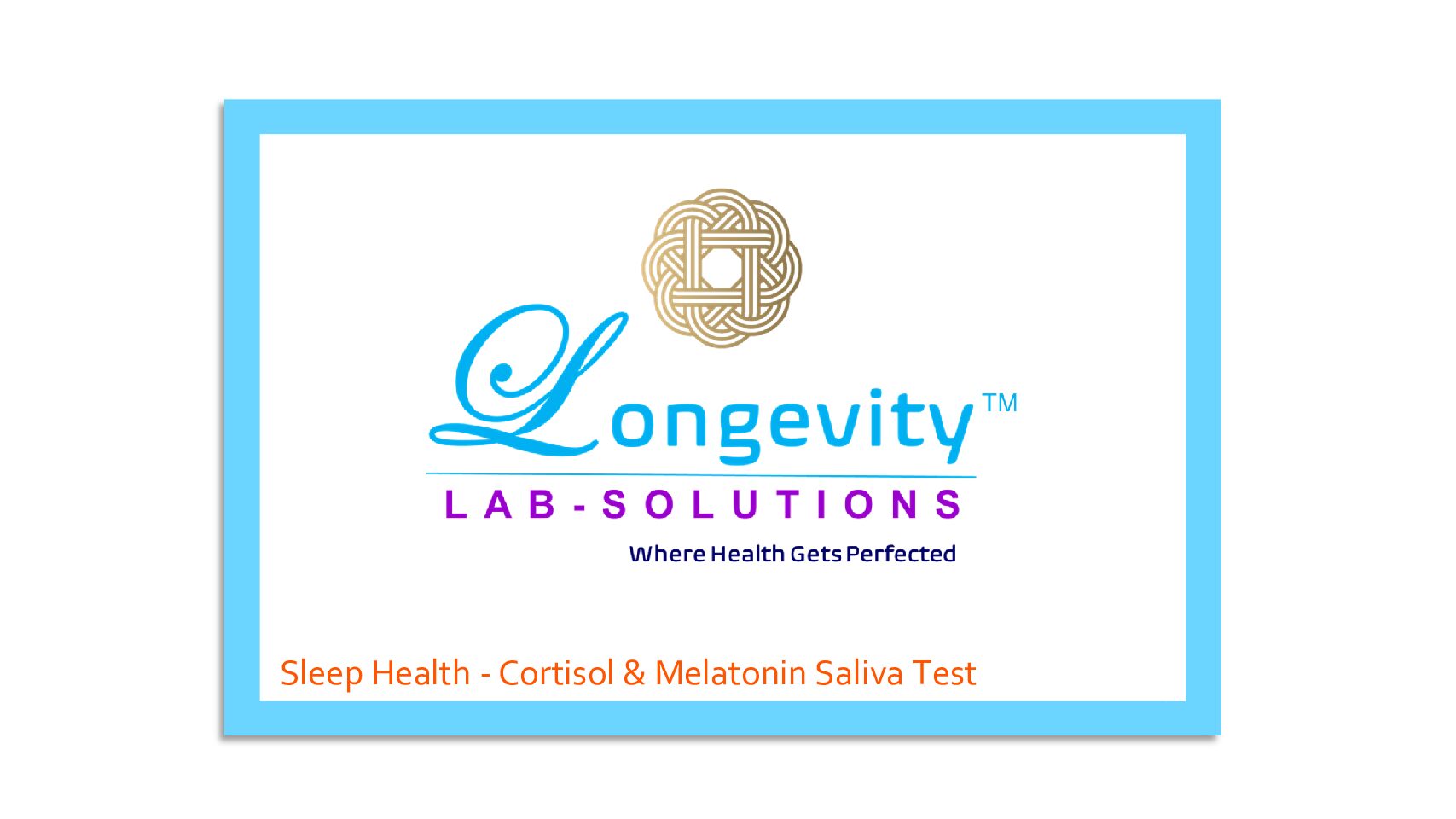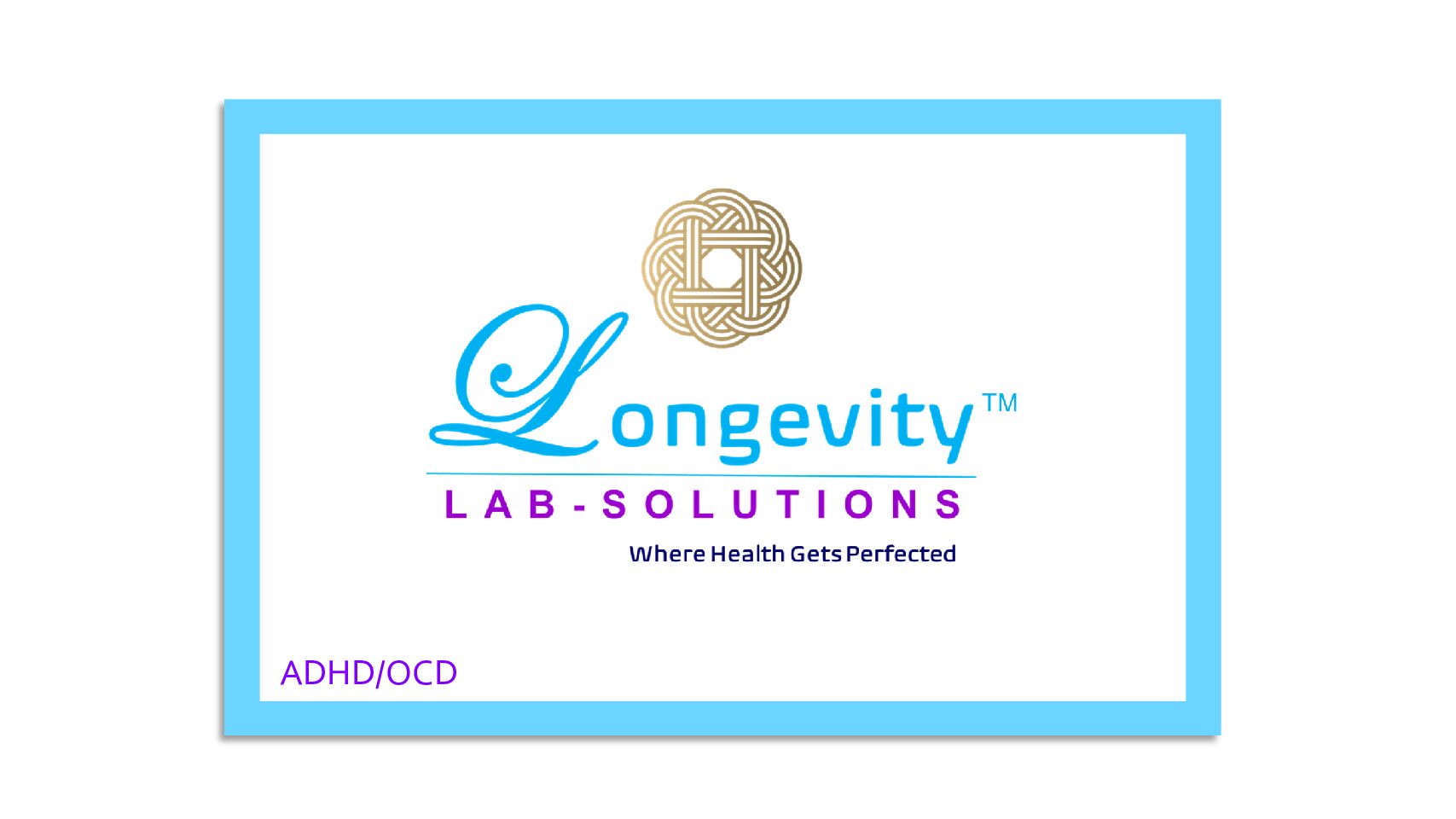Male Testosterone Blood Test Panel
$149.00
Testosterone is a hormone primarily produced in the testes in males and, to a lesser extent, in the ovaries in females. It plays a vital role in various aspects of reproductive health, sexual function, and overall well-being.
Analytes in this test: 6 Total Analytes:- Total Testosterone, Free Testosterone, % Free Testosterone, Bioavailable Testosterone, % Bioavailable Testosterone, Sex Hormone Binding Globulin (SHBG).
Description
Testosterone is a male sex hormone that is produced by the testicles in men and in smaller amounts by the ovaries in women. It plays a key role in male sexual development, including the growth of the penis and testicles, the deepening of the voice, and the growth of facial and body hair. Testosterone also helps regulate bone density, muscle mass and strength, and red blood cell production. In addition, it is important for maintaining a healthy libido and overall well-being.
Low testosterone levels can lead to decreased sexual function, decreased muscle mass, decreased bone density, and increased body fat. A blood test can be used to measure testosterone levels, and testosterone replacement therapy may be recommended for individuals with low testosterone levels.
Overview of Testosterone Blood Test
Testosterone is a male sex hormone that is produced by the testicles in men and in smaller amounts by the ovaries in women. It plays a key role in male sexual development, including the growth of the penis and testicles, the deepening of the voice, and the growth of facial and body hair. Testosterone also helps regulate bone density, muscle mass and strength, and red blood cell production. In addition, it is important for maintaining a healthy libido and overall well-being. Low testosterone levels can lead to decreased sexual function, decreased muscle mass, decreased bone density, and increased body fat. A blood test can be used to measure testosterone levels, and testosterone replacement therapy may be recommended for individuals with low testosterone levels.
Testosterone is made by:
- The testicles (or testes), the part of the male reproductive system that makes sperm
- The ovaries, the part of the female reproductive system that makes eggs
- The adrenal glands, organs on top of each kidney that make several hormones
During male puberty, testosterone causes body hair, muscle growth, and a deepening voice. In adult life, it controls sex drive, maintains muscle mass, and helps make sperm. In females, testosterone is important for the growth of bones and muscles, and healthy organs.
Analytes Tested
6 Analytes
- Total Testosterone
- Free Testosterone
- % Free Testosterone
- Bioavailable Testosterone
- % Bioavailable Testosterone
- Sex Hormone Binding Globulin (SHBG)
Total Testosterone
Total testosterone refers to the measurement of the overall amount of testosterone in the bloodstream. It includes both the testosterone that is bound to proteins (such as sex hormone-binding globulin, or SHBG) and the small fraction that is unbound or “free.”
Testosterone is a hormone primarily produced in the testes in males and, to a lesser extent, in the ovaries in females. It plays a vital role in various aspects of reproductive health, sexual function, and overall well-being. Here are some key points about testosterone:
-
Functions: Testosterone is responsible for the development and maintenance of male sexual characteristics, such as facial and body hair growth, deepening of the voice, and muscle development. It also contributes to sperm production, libido (sex drive), bone density, mood regulation, and cognitive function.
-
Testosterone in Males: In males, testosterone production begins during fetal development and increases significantly during puberty, leading to the development of secondary sexual characteristics. Testosterone levels generally peak in the late teens to early twenties and gradually decline with age.
-
Testosterone in Females: While testosterone is often associated with males, it is also present in females, albeit in lower amounts. In females, testosterone is produced by the ovaries and adrenal glands and contributes to libido, bone health, and overall well-being.
-
Testosterone Levels: Testosterone levels can vary depending on factors such as age, sex, time of day, and individual variations. Testosterone is typically measured through blood tests, and normal reference ranges may vary depending on the laboratory used.
-
Testosterone Imbalances: Low testosterone levels in males can lead to symptoms such as fatigue, reduced muscle mass, decreased libido, erectile dysfunction, mood changes, and decreased bone density. High testosterone levels in females or males may be associated with conditions such as polycystic ovary syndrome (PCOS) or androgen excess syndromes.
-
Hormone Replacement Therapy: Testosterone replacement therapy (TRT) may be prescribed for men with clinically low testosterone levels and associated symptoms. TRT can help alleviate symptoms and improve quality of life, but it should be used under medical supervision.
Free Testosterone
Free testosterone refers to the fraction of testosterone in the blood that is not bound to proteins and is available to exert its biological effects on target tissues. It is considered the bioactive form of testosterone. Here are some key points about free testosterone:
-
Measurement: Free testosterone levels are typically measured through a blood test. However, direct measurement of free testosterone can be challenging due to technical limitations and variability in laboratory methods. As a result, indirect methods are often used to estimate free testosterone levels, such as calculating it based on total testosterone, SHBG levels, and albumin levels.
-
Clinical Significance: Free testosterone levels provide important information about the bioactive form of testosterone in the body. They can be useful in the evaluation of conditions related to testosterone deficiency or excess, as well as in monitoring the effectiveness of testosterone replacement therapy.
-
Interpretation: Interpretation of free testosterone levels should take into account an individual’s symptoms, medical history, and other relevant factors. Low levels of free testosterone may contribute to symptoms such as fatigue, reduced muscle mass, decreased libido, erectile dysfunction, mood changes, and decreased bone density. However, it’s important to note that symptoms alone should not be used as the sole basis for diagnosing testosterone deficiency; laboratory confirmation is typically necessary.
-
Hormone Binding Proteins: Testosterone in the blood is bound to proteins, primarily sex hormone-binding globulin (SHBG) and albumin. Only a small portion of testosterone is unbound or free. SHBG has a higher affinity for testosterone and binds to a significant amount of circulating testosterone, whereas albumin has a weaker binding affinity.
Calculation Methods: Various equations and algorithms are used to estimate free testosterone levels based on total testosterone, SHBG levels, and albumin levels. These calculations provide an estimation of the bioavailable testosterone in the absence of direct measurement.
Bioavailable Testosterone
A bioavailable testosterone blood test measures the level of testosterone in the blood that is readily available and active in the body. It provides information about the amount of testosterone that is not bound to sex hormone-binding globulin (SHBG) or albumin and is therefore bioactive. Here are some key points about the bioavailable testosterone blood test:
-
Testosterone and its Binding Proteins: Testosterone, the primary male sex hormone, circulates in the blood in two forms: bound and unbound. The majority of testosterone is bound to proteins called sex hormone-binding globulin (SHBG) and albumin. Only a small portion, usually around 2-3%, exists as free or bioavailable testosterone.
-
Importance of Bioavailable Testosterone: Bioavailable testosterone is considered the fraction of testosterone that is readily available to interact with target tissues and exert its biological effects. It is considered more reflective of the active form of testosterone in the body compared to total testosterone, which includes both bound and unbound forms.
-
Measurement: Bioavailable testosterone levels can be measured through laboratory blood tests. While there are different methods to measure bioavailable testosterone, one common approach is to calculate it using a formula that takes into account the total testosterone level, SHBG level, and albumin level.
-
Clinical Significance: The bioavailable testosterone test can provide valuable information about a person’s hormone balance and potential hormonal imbalances. It may be used in the evaluation of conditions related to testosterone deficiency or excess, such as hypogonadism (low testosterone) or polycystic ovary syndrome (PCOS).
-
Interpretation: The interpretation of bioavailable testosterone levels should be done in the context of the individual’s symptoms, medical history, and other relevant clinical findings. It is important to consider that reference ranges for bioavailable testosterone can vary depending on the laboratory used and the specific assay used for measurement.
Consultation with a Healthcare Professional: If you have concerns about your testosterone levels or symptoms related to hormonal imbalances, it is recommended to consult with a healthcare professional, such as an endocrinologist or urologist. They can interpret the results of the bioavailable testosterone test in conjunction with other relevant tests and clinical information and provide appropriate guidance and treatment options based on your specific needs.
Sex Hormone-Binding Globulin (SHBG)
SHBG stands for sex hormone-binding globulin. It is a protein produced primarily by the liver that binds to sex hormones, including testosterone and estrogen, in the bloodstream. Here are some key points about SHBG:
-
Binding Role: SHBG binds to sex hormones, such as testosterone and estrogen, in the blood. When bound to SHBG, these hormones are considered “inactive” or “bound” because they are not available to exert their biological effects on target tissues.
-
Regulation: The production and release of SHBG are influenced by various factors, including sex hormones, insulin, thyroid hormones, and liver function. Hormones such as estrogen and thyroid hormones tend to increase SHBG levels, while androgens like testosterone tend to decrease SHBG levels.
-
Impact on Hormone Availability: The binding of sex hormones to SHBG affects their availability and distribution in the body. Higher levels of SHBG can result in a greater proportion of sex hormones being bound and less available for use, while lower levels of SHBG can lead to a higher proportion of free (unbound) hormones.
-
Clinical Significance: SHBG levels can have implications for hormone balance and related health conditions. Abnormal SHBG levels can contribute to hormonal imbalances, such as low testosterone or estrogen excess. They may be seen in conditions such as polycystic ovary syndrome (PCOS), liver dysfunction, obesity, and certain medications.
-
Measurement: SHBG levels are typically measured through a blood test. The measurement is used to assess the overall amount of SHBG in the blood, providing insights into hormone binding and availability.
-
Interpretation: Interpretation of SHBG levels should be done in the context of an individual’s overall hormone profile, including testosterone, estrogen, and other related factors. High SHBG levels can result in lower levels of free testosterone, potentially leading to symptoms of testosterone deficiency. Conversely, low SHBG levels can lead to higher levels of free testosterone, potentially contributing to symptoms of androgen excess.
Specimen Requirements
SST tube of blood, serum
Turn Around Time
24 – 72 hours
Price For Test
Price: $149.00
